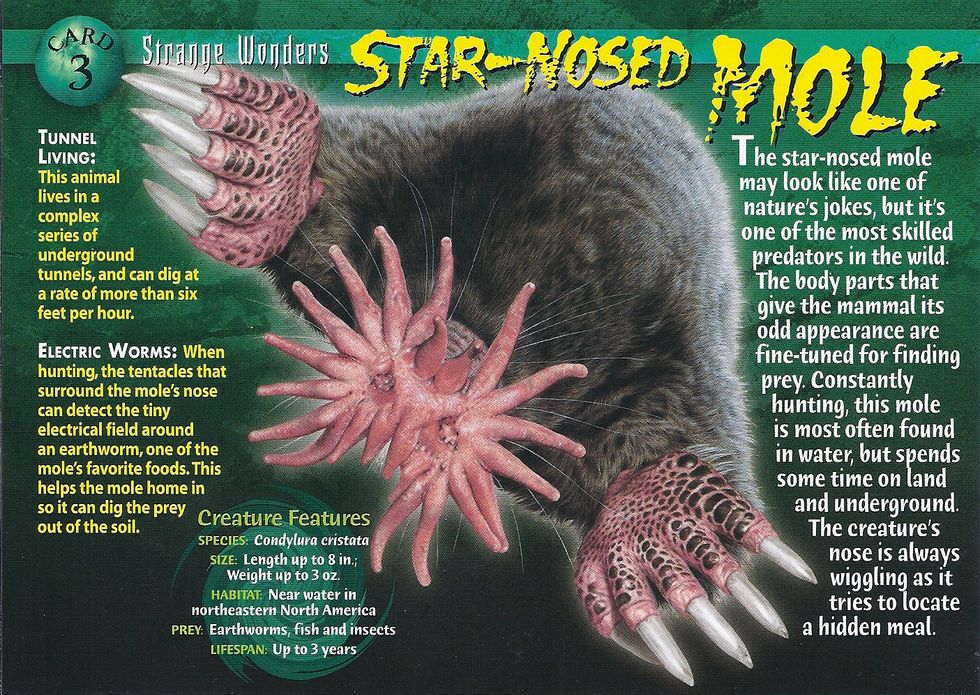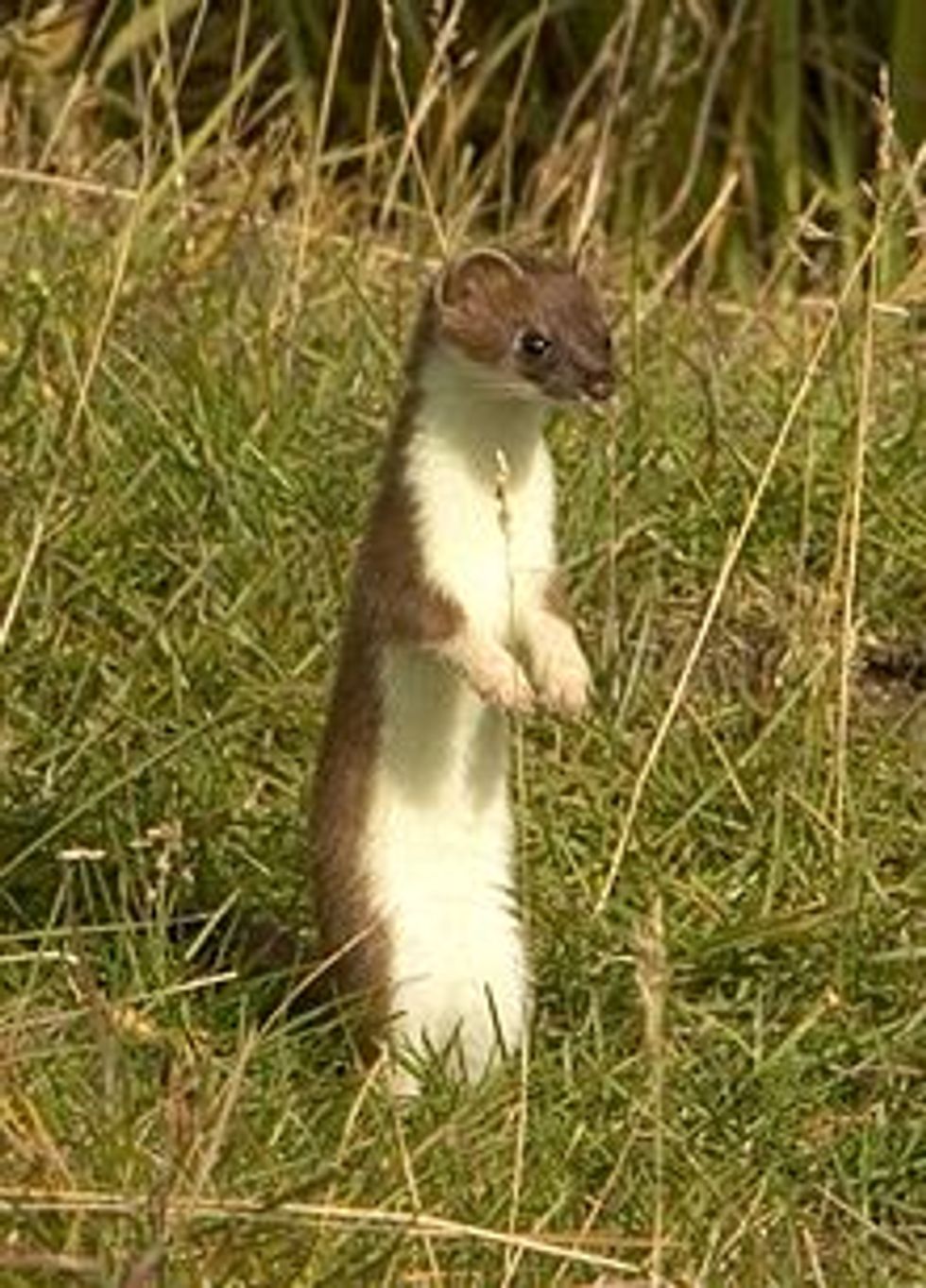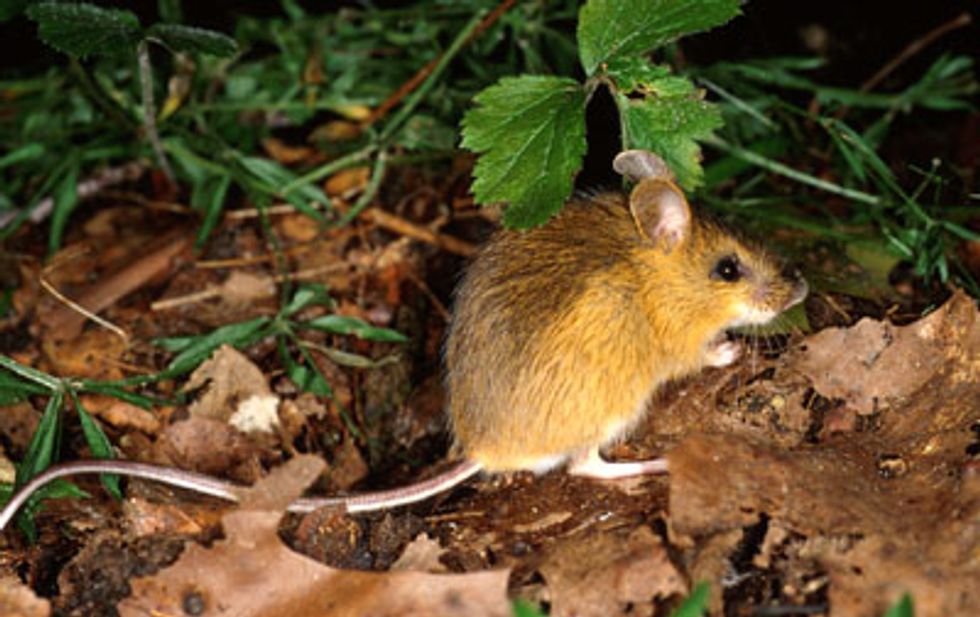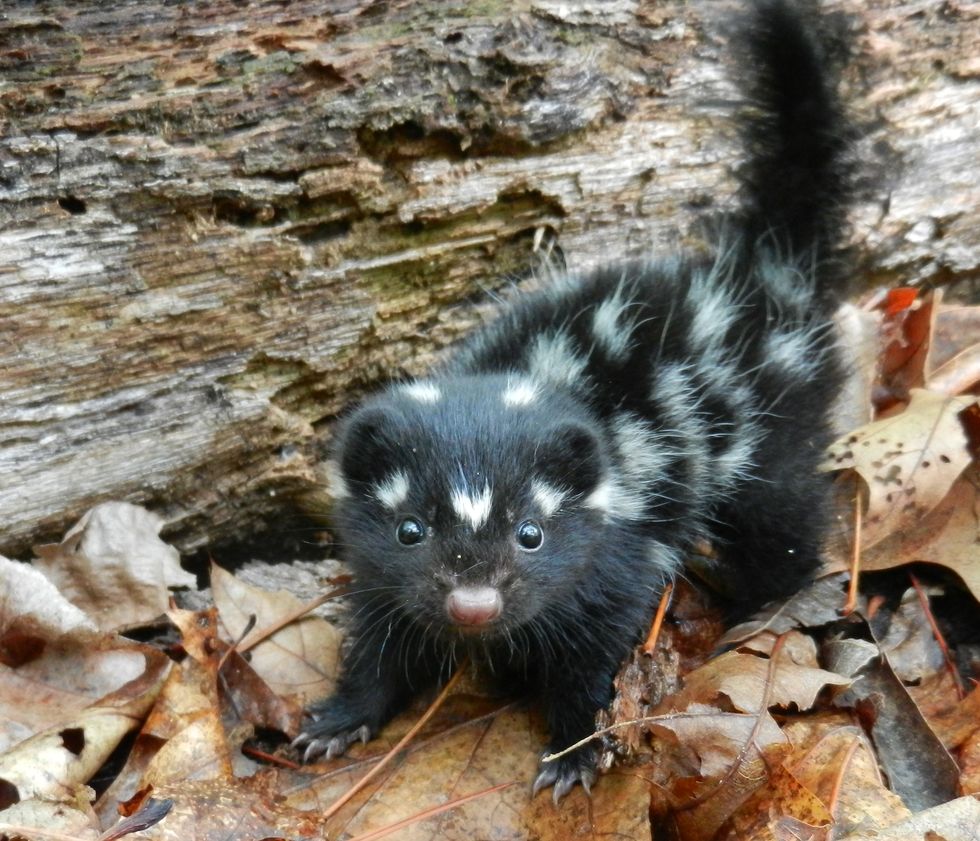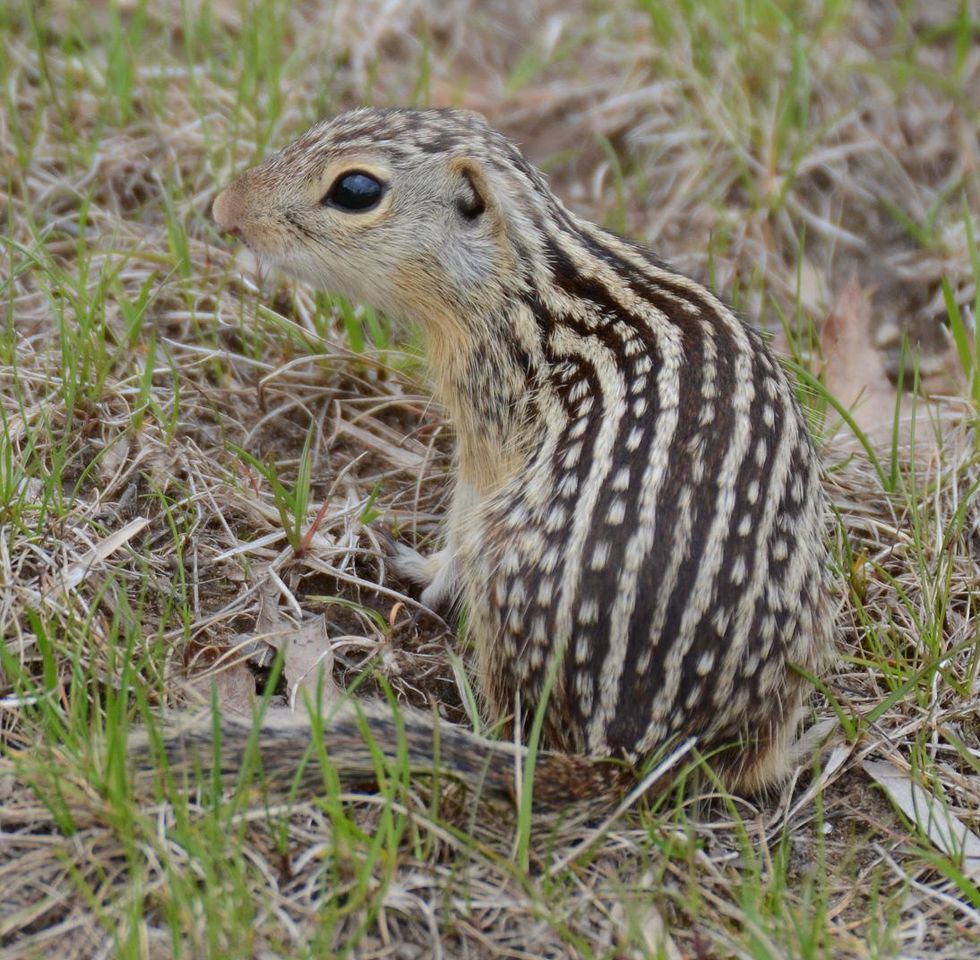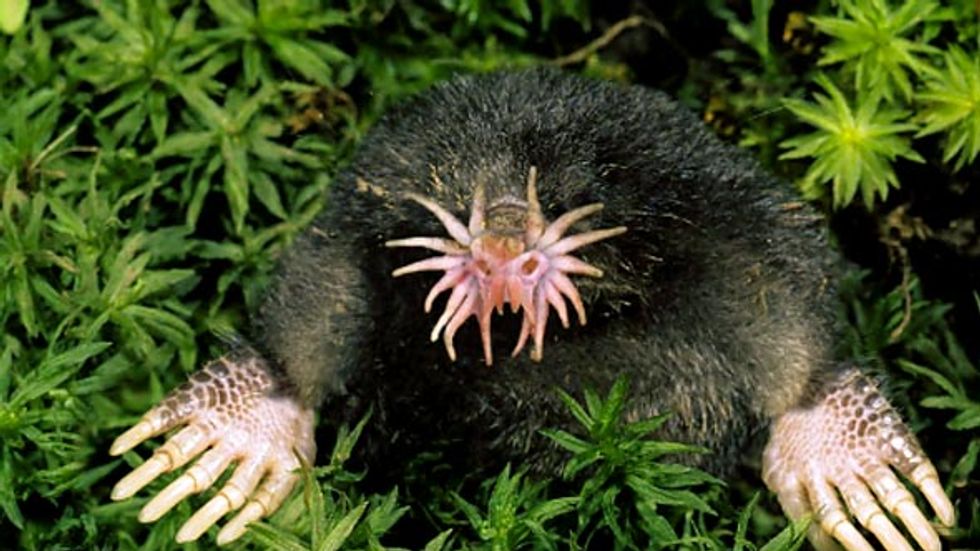If you live in the wonderful state of Pennsylvania, you know about the most common animals that reside in the state alongside humans: animals like deer, foxes, and bears. However, there are some animals that live in Pennsylvania that you may have never heard of or even seen, and I've done the honor of making a list of five strange animals in Pennsylvania.
1.) Stoat
Stoats are also known as short-tailed weasels, and they are pretty common in the state. They are nowhere closed to being extinct, and have actually secured a spot on the list of top 100 "worst invaders" because when they are introduced to a new environment, they tend to eliminate a little more than what they had to. So I guess they deserve an A+ for overachieving.
2.) Woodland Jumping Mouse
These little guys are only 8-10 inches long (most of their length is actually in their tails), and the best part about these mice is that when they get scared, they can jump 9 feet in the air. I mean can you imagine just walking in the woods and seeing a little 10 inch mouse jump almost 3 meters into the air?
3.) Eastern Spotted Skunk
Skunks can be seen everywhere in Pennsylvania, but we are all used to the skunks that have white stripes down their backs, not skunks that are spotted. They have 4 stripes down their back, but they are broken up which give the illusion of having spots, and they have a white spot on their forehead. The other difference between these skunks and normal skunks is that their bodies are more weasel-like.
4.) Thirteen-lined Ground Squirrel
This is basically the same case as the spotted skunk: the only difference between these squirrels and typical ones seen in Pennsylvania is their fur. These guys have 13 stripes that alternate between brown and white, and can sometimes be broken up to seem like spots. Also, unlike most squirrels, they hibernate. They go away in October, roll into stiff balls, and breath once every five minutes until they emerge from their nests in March/April.
5.) Star-nosed Mole
The "star" located around this mole's nose is certainly not used to attract members of the opposite sex. It contains 25,000 sensory receptors, which means the star is used as as a touch organ. It's only about the size of a hamster, which is great because if this was the size of a cat, I'd pack my bags and get out of dodge really fast.

